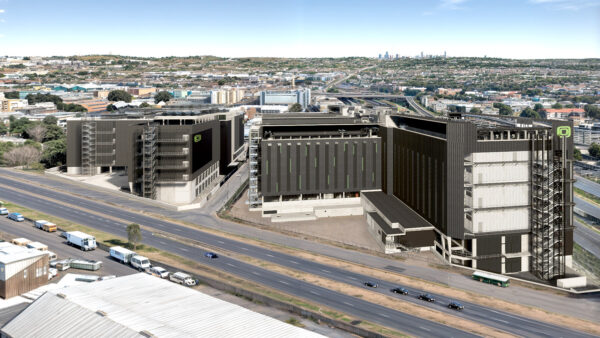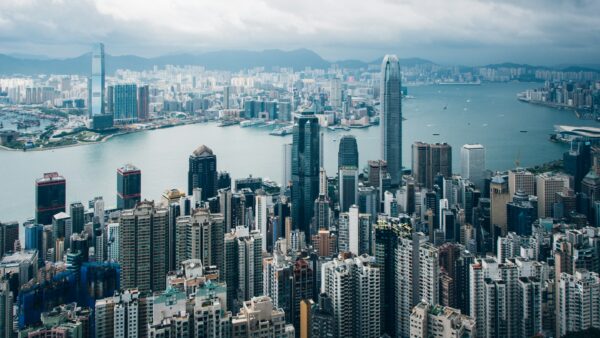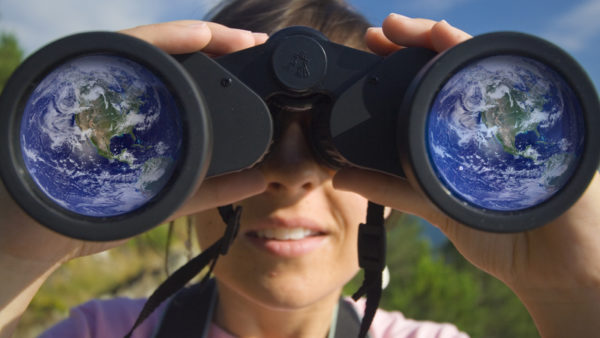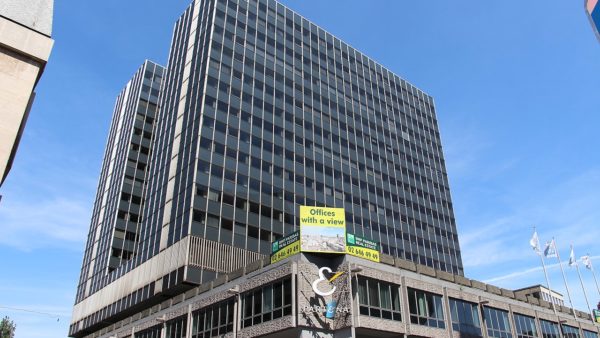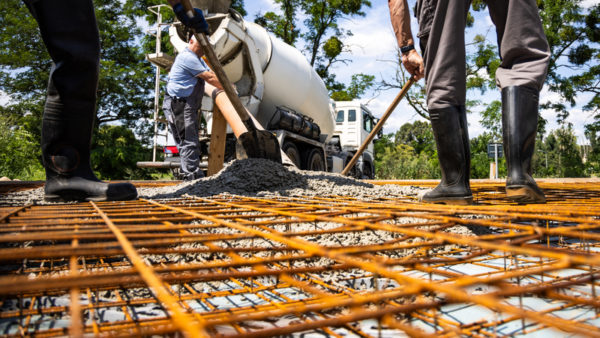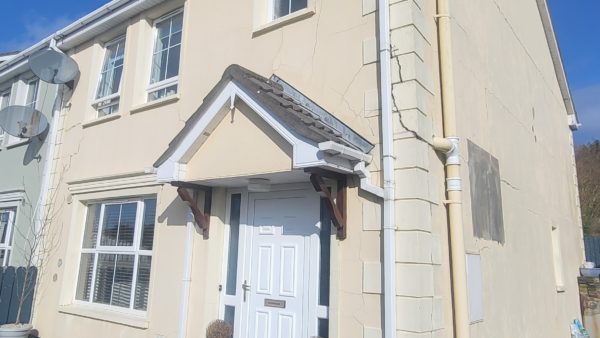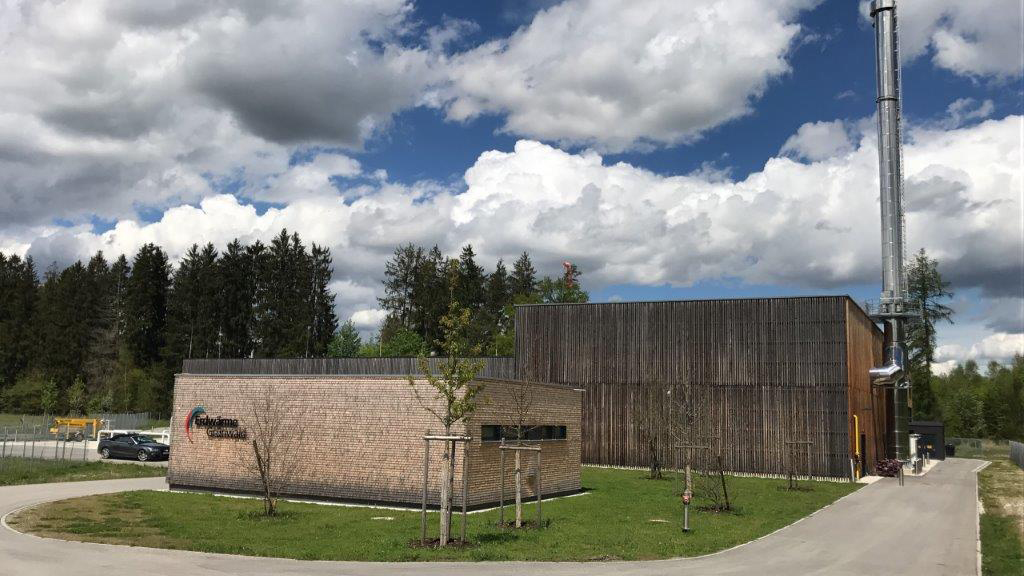
As Germany adjusts to the removal of Russian gas from its energy mix, its government is now eyeing geothermal energy as a clean, reliable way of heating buildings.
A 2022 study conducted by the Leibniz Institute for Applied Geophysics found that deep and near-surface geothermal energy could supply 40% of Germany’s heating needs by 2045.
But at the moment, deep geothermal energy accounts for less than half a percent of the country’s heating supply, even though it has abundant hot water deposits, particularly in the south.
At the start of September, the Federal Cabinet unveiled draft legislation called the Geothermal Acceleration Act, which aims to promote geothermal energy by cutting red tape and simplifying authorisations.
It’s meant to pave the way for the government’s target of generating 10TWh of geothermal energy by 2030, around 10 times the amount generated now.
And in June, the Federal Ministry of Economics approved €62.3m in funding for a second borehole dig in the Bavarian municipality of Grünwald, a pioneer in geothermal district heating.
The Laufzorn geothermal spring there produces water at temperatures of up to 128 deg C from a depth of more than 4,000m.
Lots of hot water
Grünwald started developing geothermal heating in 2011.
By 2023, its pipeline network had reached 110km in length, and it now supplies heat to around 3,500 households, businesses, and public buildings.
Around a third of private households in the municipality use geothermal means for heating, construction consultancy Drees & Sommer told GCR in a briefing note on the topic.
Drees & Sommer is working for two geothermal energy developers in Grünwald – Erdwärme Grünwald GmbH and Stadtwerke München – which are expanding their district heating networks and plan eventually to supply nearby Munich, the Bavarian capital.
“Germany has the ideal conditions for this in the North German Basin, the Upper Rhine Plain, and southern Bavaria,” said Drees & Sommer geothermal specialist Leonardo Estrada.
“In particular, the Molasse basin in southern Germany, which stretches from the Danube to the foothills of the Alps, has the largest hot water deposits in Central Europe.”
According to the geothermal masterplan for the state of Bavaria drawn up by the Technical University of Munich, deep geothermal energy alone could cover as much as 40% of Bavaria’s heating needs.
Sleeping giant
“We cause more than half of the climate-damaging CO2 with our fossil heat supply, but there is a sleeping giant with a treasure trove of natural resources beneath our feet,” said Andreas Lederle, managing director of Erdwärme Grünwald.
“This would enable us to guarantee a reliable, price-stable, and secure energy supply.
“Geothermal energy is always available, regardless of the weather and does not disrupt the landscape too much. The plants are capable of providing base load and cause no environmental pollution through operation.”
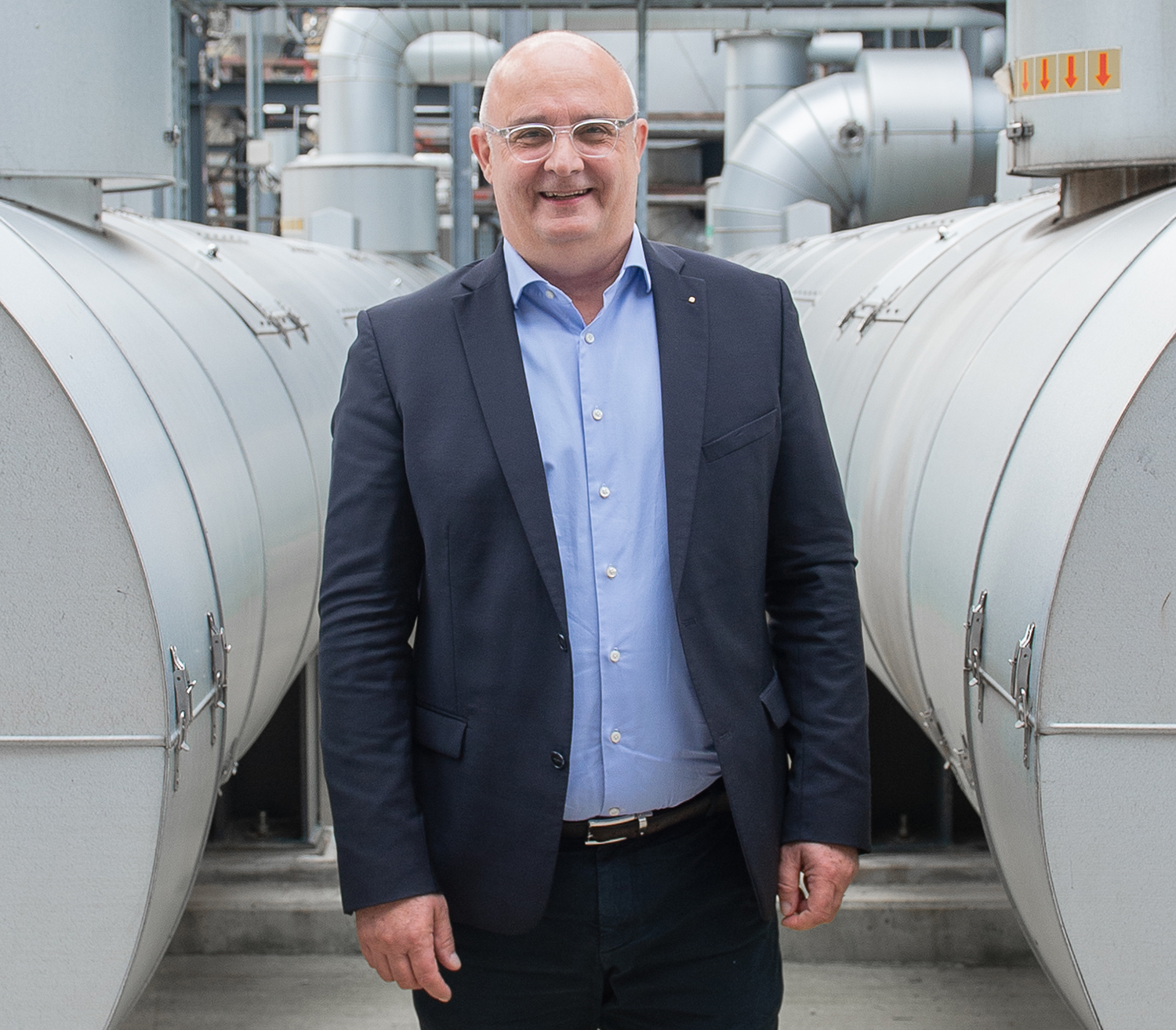
However, Lederle cautioned that developing geothermal energy is costly and risky. “It is possible that nothing will be found in the borehole,” he said.
“In addition to these discovery risks, lengthy authorisation processes, long project phases, and the daily requirements for smooth operation have been and continue to be major challenges. In other words, geothermal energy is cost-intensive and a long-term investment.
“On the other hand, we import €110bn worth of fossil fuels from abroad every year.”
Drees & Sommer said the German government plans to ease exploration risks with cheaper loans from the state-owned KfW Bank, and to partially waive repayments if the geological conditions disappoint.
Expansion plans
Erdwärme Grünwald is working on the major Laufzorn II project with support from Drees & Sommer.
With a heating plant and four boreholes reaching a depth of some 4,000m, it’s intended to heat around 6,000 households.
Erdwärme Grünwald is also working with Stadtwerke München to set up an inter-municipal geothermal heating network called Perlenschnur, German for “string of pearls”.
The idea is to bundle together eight geothermal projects south of Munich, including the Laufzorn and Laufzorn II sites, into a district heating network big enough to supply Munich.
Lederle laid out what policy support Germany’s geothermal ambitions require. “The focus now needs to be on establishing responsible implementation units, promoting timely research projects, reducing bureaucratic hurdles for authorisation processes, enacting a geothermal development law, improving the funding environment, creating favourable project conditions, and providing financing instruments for municipalities.”
Subscribe here to get stories about construction around the world in your inbox three times a week

